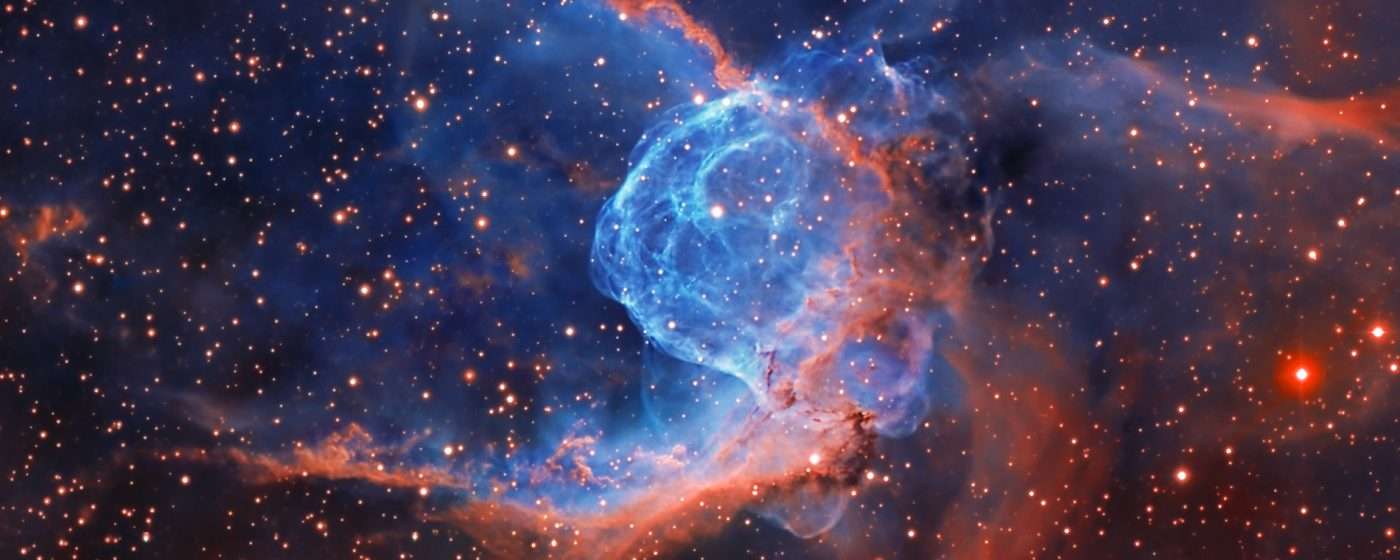
Astronomy in Iran
Contents
The Definition of Astronomy
Astronomy is the study of the location, changes, physical and chemical characteristics of spatial phenomena such as stars, planets, comets, galaxies, and other phenomena such as northern lights in which the source is from outer space. Astronomy is also closely related to sciences such as Physics, Chemistry, and Cosmology.
Astronomical Attractions of Iran:
The Museum of Time
This building belongs to the Qajar period and encompasses tools for time calculation and calendar which has an area of 5000 square meters and the building has an area of 700 square meters. It is also the first museum of time in Iran. You can visit primitive clocks such as sundials, hourglasses, water clocks, and fuel clocks within the yard. There are mechanic clocks, pocket clocks, and watches inside the building. Besides, a section of the museum is dedicated to solar calendar documents and its history in Iran.
Sundials of Iran
Sundials are devices that demonstrate time-based on the position of the sun in the sky. The most common type of sundials uses a pole to show the time on a plain surface or a pad. A lot of sundials exist in Iran for astronomy enthusiasts to visit and the largest of them is in Zanjan.
Gonbad Mina Planetarium
The construction of the planetarium resembles a symbolic sun. It is inspired by the Iranian elements of architecture and is built by Iranian architects. The equipment inside the structure was made by companies skilled in this field.
Gonbad Mina is, in fact, a complex with two applications:
– A simulator of the known universe, consisting of all planets, celestial objects, galaxies, and stars
– 3D movie theatre in which you can see scientific movies with astronomical subjects
Abdul Azim Astronomy Center
The Abdul Azim Astronomy Center Encompasses two observatories, a specialized library with more than 3000 books in different scientific aspects such as, astronomy, physics and etc, an astronomical photo gallery, a weather forecast station, a Radio(solar) observation center, and a planetarium or astronomical theatre located in the holy shrine of Shah Abdul Azim which displays:
- 1024 stars in the north and south hemispheres
- Latitude from the equator to the North Pole
- 88 constellations in the north and south hemispheres
- The planets of the solar system
- Lunar and solar eclipse
- The geographical coordinates of the equator, ecliptic, and meridian
- The picture of constellations, sunrise and sunset status, and the Milky Way galaxy
Science and Astronomy Center of Tehran
This complex was built with the object of familiarization of the students, scholars, and public with fundamental science. The visitors are able to do various experiments with the help of the written information beside each device and also with the assistance of experts present at this complex.
Some of the spaces and facilities of this structure are:
– Galaxy Hall with a dome for showing different constellations, planets, galaxies and also providing an appropriate environment for meetings, exhibitions, and other programs
– Scale Hall in which the visitor can see his/her weight on different planets
– Physics Hall in which the visitors can do various experiments in the fundamental science fields such as mechanics, light, waves and sounds, electricity, magnet, and laser
– Speculation Hall that includes interesting devices which evaluate the individuals’ intelligence through different puzzles
–3D movie theatre in which you can see different scientific movies in 3D
–The Observatory possesses 8, 12, 14 inch Schmidt-Cassegrain telescopes with the automatic search system and GPS
This center also conducts educational courses in the astronomy field.
Chogha Zanbil
This construction called a ziggurat was built in 1250 BC by the Elamite king Untash Napirisha to honor the god Inshushinak. It is said that astronomical calculations might have been done in this UNESCO World Heritage Site. The structure of this temple was on 5 floors but as time went by only 3 floors has remained. This temple was inside an ancient city called Dur Untash. This city had three walls; one was around the temple and separated the yard from where ordinary people and businessmen lived; the other was there to separate houses and pavilions from outer space; and the third wall was around this holy city. Inside these walls were a couple of different temples dedicated to some other Elamite gods and an ancient water refinery system that is unique in its own way.
Radkan Tower
This tower was built by Nasir al-Din al-Tusi polymath, architect, astronomer, physician and scientist who is one of the greatest philosophers of Iran. Some east scholars believe that this tomb structure belongs to the Deylami period and assume that it is the tomb of a woman by the name of Matla Al-Shams. Other scholars believe that it had astronomical applications.
Niasar Fire Temple
Considering performing rituals in different seasons of the year, ancient Persians used astronomical information in their design. The method of scientific designation has left many Astronomical, and calendar structures that were built based on astronomical research. However, Niasar Fire Temple is similar to other temples of its kind in that besides being a fire temple it had sunlight calendar usages. In addition,
Ka’ba-ye Zartosht
Situated on the side of the ancient necropolis of Naqsh-e Rustam, Ka’ba-ye Zartosht might have had astronomical applications. Archeologists believe that this structure was built in 500 BC. So it is similar to other Achaemenid constructions of the age of Darius the Great. This hypothesis is based on the book “Solar Observatories of Naqsh-e Rustam” by Qias Abadi. But,
The History of Astronomy in Iran
